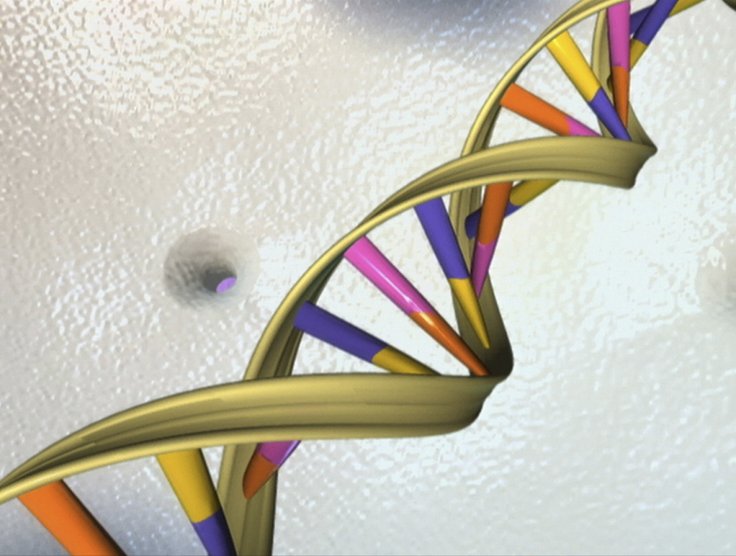Paving the way for solving a major safety issue associated with gene therapies, scientists have developed a special molecular switch that could be embedded into such therapies to allow doctors to control dosing. The feat, published in the journal Nature Biotechnology, offers gene therapy designers what may be the first viable technique for adjusting the activity levels of their therapeutic genes.
The lack of such a basic safety feature has helped limit the development of gene therapy, which otherwise holds promise for addressing genetically based conditions.

"I think that our approach offers the only practical way at present to regulate the dose of a gene therapy in an animal or a human," said lead researcher Michael Farzan from the Scripps Research Institute in Jupiter in Florida, US.
Gene therapies work by inserting copies of a therapeutic gene into the cells of a patient, if, for example, the patient was born without functional copies of the needed gene.
The strategy has long been seen as having enormous potential to cure diseases caused by defective genes.
It could also enable the steady, long-term delivery to patients of therapeutic molecules that are impractical to deliver in pills or injections because they don't survive for long in the body.
However, gene therapies have been viewed as inherently risky because once they are delivered to a patient's cells, they cannot be switched off or modulated.
As a result, only a handful of gene therapies have been approved to date.
In this study, the researchers demonstrated the power of their new switching technique by incorporating it into a gene therapy that produces the hormone erythropoietin, used as a treatment for anaemia.
They showed that they could suppress expression of its gene to very low levels with a special embedded molecule, and could then increase the gene's expression, over a wide dynamic range, using injected control molecules called morpholinos that the US Food and Drug Administration has found to be safe for other applications.









